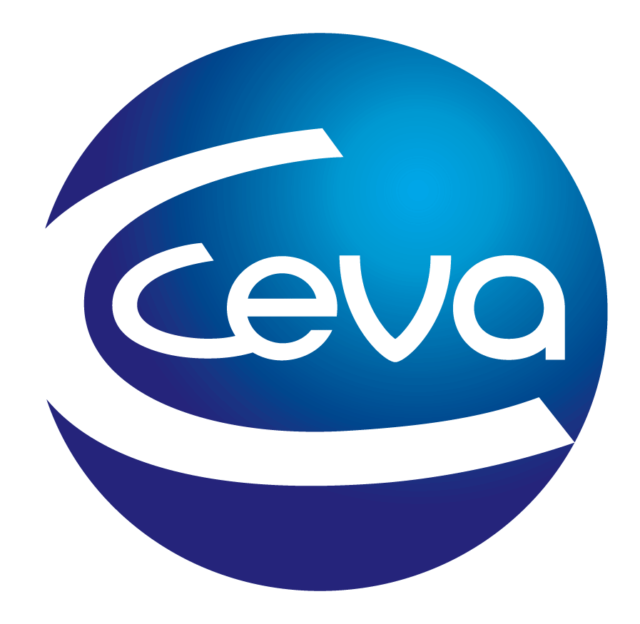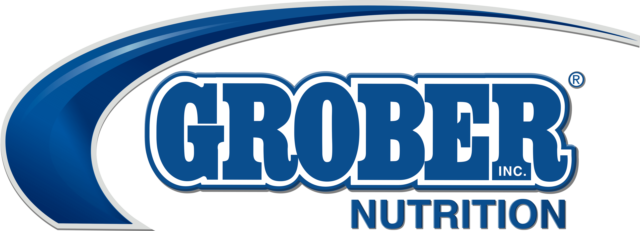On average, it seems that most newborn dairy calves weigh in the 70- to 80-pound range, with breed and the dam’s size and age playing a role. One would think that an animal this size would hit the ground ready to go, and be sturdy and healthy. Many calves are born healthy, but in dairy farming there are so many factors that go into keeping these calves happy, healthy and growing.
Details such as feeding equipment not getting cleaned properly or forgetting to dip a navel at birth can really have a major impact on the health of a calf, and can ultimately mean life or death. A major problem in dairy calves we as farmers seem to hear a lot about is scours. While scours are a severe problem, another issue that I feel gets less coverage but is just as critical is navel infections.
When a calf is born, most farms use products such as Inforce 3 and First Defense to help aid in the prevention of respiratory and GI issues. It is also a well-known fact to get quality colostrum into the calf as soon as possible. Two other big factors to remember at birth to ensure a healthy calf are a clean, dry calving area and dipping the navel after birth. A dry, clean area for the cow to calve not only makes it more comfortable for the cow, but it also gives the calf the best chance at staying clean at birth, which then exposes them to less bacteria and reduces risk of infection. If calves are born on a clean, dry space and then transition to a clean, dry pen – or hutch depending on what your facility uses – they are already at an advantage over calves who are born in wet, dirty conditions.
Sometimes it is inevitable that a cow will calve in the general population in the barn, and a calf might get exposed to wet, unsanitary conditions. As much as we dislike this happening, I am sure we all have had this happen on occasion. The next best step to take for the calf after birth is dipping the navel with 7% iodine. Be sure to completely dip the navel so that the product gets up inside. I recommend using a disposable cup so no germs are passed between calves. Dipping the calf within another 24 hours is also an option. The ingredients in this help to dry the navel out as well as to disinfect it. Recently, I have also heard of producers using products from Vetericyn and Fight Bac for spraying navels, but I am not as familiar with these products versus iodine.
There are several key reasons why it is a critical step to dip the navel at birth. The navel is a main entry route into the calf’s body. Any bacteria that get into here can then travel to other major organs of the calf, leading to sepsis and, unfortunately, even death. This simple step is key to trying to prevent these issues.
Sometimes even when calves are born in optimal conditions, and dipped at birth, it is inevitable that bacteria still enter the navel. In these situations, some of the first signs that one will notice is a calf with a fever, navel swelling, discharge from the navel or lack of appetite. Based on experience with this in calves, these symptoms tend to hit fast and can make a calf go from thriving at morning feeding to laying flat out and lifeless in less than 12 hours.
At first sign of any of the symptoms listed above, it is crucial to treat the calf with an antibiotic to get to the root of the infection. Talking with your veterinarian to decide on the antibiotic of choice is always a good idea. An analgesic may also be used to help in lowering the fever and any pain associated with the infection. During this time of illness, I also like to use vitamin B to aid in keeping the appetite stimulated, as well as to keep pushing fluids to the calf. In cases where the calf does not want to drink milk, or electrolytes, I will [administer] IV fluids to the calf. Keeping the calf hydrated is critical in addition to getting the bacteria killed.
Overall, I highly recommend palpating the navels of calves for their first few weeks of life. Feeling for swelling or being able to squeeze discharge from the navel may be the first sign that the calf needs treatment. Sometimes taking the extra few minutes at feeding time to perform preventative measures can go a long way. Being able to treat a calf at this step will allow a higher chance of recovery than the infection getting to the point where the calf can no longer stand.
There are so many steps to make sure we complete from birth into the first several weeks of life for a calf, but taking all of the necessary precautions and doing what we can along the way can really make a major difference for the rest of the animal’s life and can ultimately affect their production and success when they enter the milking herd.






